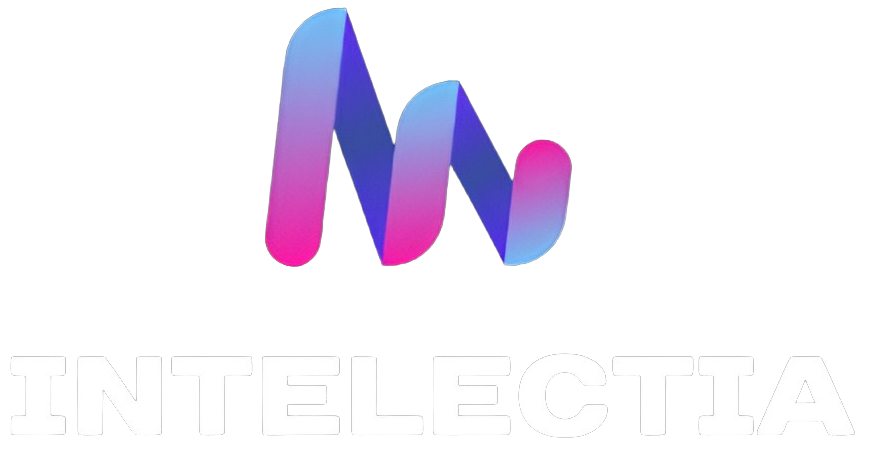Voice-to-Text Transcription – What is it?
Voice-to-text transcription, also known as speech-to-text technology, refers to the process of converting spoken language into written text through the use of advanced voice recognition software. This technology leverages automated transcription services and digital transcription tools to translate audio inputs into accurate text outputs. By employing sophisticated algorithms and real-time speech processing systems, voice-to-text transcription provides an efficient and effective solution for various applications.
At its core, voice recognition software functions by analyzing spoken words, identifying patterns, and converting these sounds into text. This technology has evolved significantly, allowing for high accuracy in audio-to-text conversion and making it a valuable tool across different sectors. Real-time speech processing enables immediate transcription of spoken words, which is particularly useful in dynamic environments where time is of the essence.
Advantages of Using Voice-to-Text Transcription
Voice-to-text transcription offers numerous advantages that make it a highly beneficial technology. These advantages span productivity, accessibility, cost savings, and more. Here’s a closer look at some of the key benefits:
Time-Saving Benefits
One of the primary advantages of voice-to-text transcription is its ability to save time. Manual transcription or typing can be a slow and tedious process, especially when dealing with large volumes of text. Voice-to-text technology automates this process, allowing users to dictate their thoughts and have them converted into text instantly. This time-saving benefit is particularly valuable in fast-paced environments, where quick and accurate documentation is essential.
Improved Accessibility
Voice-to-text transcription enhances accessibility by providing an alternative means of interacting with technology for individuals with disabilities. People with visual impairments or physical disabilities that make typing difficult can benefit significantly from this technology. By enabling users to dictate text and control their devices using voice commands, voice-to-text transcription promotes greater inclusivity and accessibility.
Cost-Effective Solutions
Cost-effective solutions are another advantage of voice-to-text transcription. Traditional transcription methods often involve significant labor costs, especially in industries where large volumes of text need to be transcribed. Automated transcription services reduce the need for manual labor, which can result in substantial cost savings for businesses and organizations. Additionally, the efficiency gains from using voice-to-text technology can further contribute to overall cost reductions.
Productivity Enhancement
Productivity enhancement is evident when utilizing voice-to-text transcription technology. By streamlining the process of text entry and documentation, users can focus on more strategic and creative tasks. The ability to quickly convert speech into text reduces the time spent on repetitive typing and data entry, thereby boosting overall productivity. This is particularly beneficial in professions where time management and efficiency are critical.
Streamlined Workflows
Voice-to-text transcription contributes to streamlined workflows by automating the transcription process and integrating with existing systems. For instance, in business environments, voice-to-text technology can be used to dictate emails, write reports, and manage schedules, all of which helps to create a more efficient workflow. The ability to seamlessly integrate with other digital tools and platforms further enhances the efficiency of operations.
Industries That Can Benefit from Voice-to-Text Transcription
Voice-to-text transcription technology has a wide range of applications across various industries. Its benefits are particularly pronounced in fields that require extensive documentation, real-time data entry, or enhanced accessibility. Here’s a look at some key industries that can benefit from this technology:
Business Applications
In the business world, voice-to-text transcription is highly beneficial for improving communication and documentation processes. Employees can use voice recognition software to dictate reports, emails, and meeting notes, significantly speeding up the documentation process and reducing the risk of errors. Automated transcription services also allow for the recording and transcription of important business meetings and discussions, ensuring that critical information is accurately captured and easily accessible.
Educational Use Cases
In the educational sector, voice-to-text transcription technology can be used to support both students and educators. For students, especially those with learning disabilities, the ability to dictate notes or have lectures transcribed can enhance the learning experience. Educators can also use voice-to-text transcription to create accessible educational materials, such as lecture notes and study guides, making learning more inclusive and effective.
Healthcare Documentation
Healthcare documentation is made easier through voice-to-text transcription. Medical professionals can use this technology to quickly and accurately document patient interactions, treatment plans, and medical histories. Voice-to-text transcription reduces the time spent on manual data entry, allowing healthcare providers to focus more on patient care. Additionally, it ensures that medical records are up-to-date and accurately reflect patient information.
Legal Industry Applications
The legal industry benefits from voice-to-text transcription by facilitating accurate and efficient documentation of legal proceedings. Lawyers, judges, and court reporters can use voice recognition software to transcribe depositions, court hearings, and legal briefs. This technology helps in maintaining detailed and reliable records, which are essential for legal processes and case management.
Media and Journalism
In media and journalism, voice-to-text transcription technology is used to transcribe interviews, press conferences, and news reports. Journalists and media professionals can leverage automated transcription services to quickly convert spoken content into written text, making it easier to create articles, reports, and other media content. This technology enhances the speed and accuracy of content creation, which is crucial in the fast-paced world of journalism.
In conclusion, Voice-to-text transcription is a powerful technology that offers numerous advantages across various industries. By automating the process of converting spoken language into text, this technology provides significant time-saving benefits, improves accessibility, and reduces costs. Its ability to enhance productivity and streamline workflows makes it a valuable tool in business, education, healthcare, the legal industry, and media.
As voice recognition software and digital transcription tools continue to evolve, the benefits of voice-to-text transcription will likely become even more pronounced. The positive impact on efficiency, accuracy, and overall workflow highlights the transformative potential of this technology. With proven benefits and successful applications across diverse sectors, voice-to-text transcription is set to remain an essential tool for optimizing processes and improving communication.
Do you want to implement a smart voice processing system based on Artificial Intelligence?
At Intelectia we can offer you the security of having an Intelligent Voice Processing system so that your company can improve its quality of work.
On the other hand, we also offer Intelligent Document Processing with OCR services for all types of companies.
Do not hesitate to contact us, or book a meeting and we will help you in everything that is in our hands.

